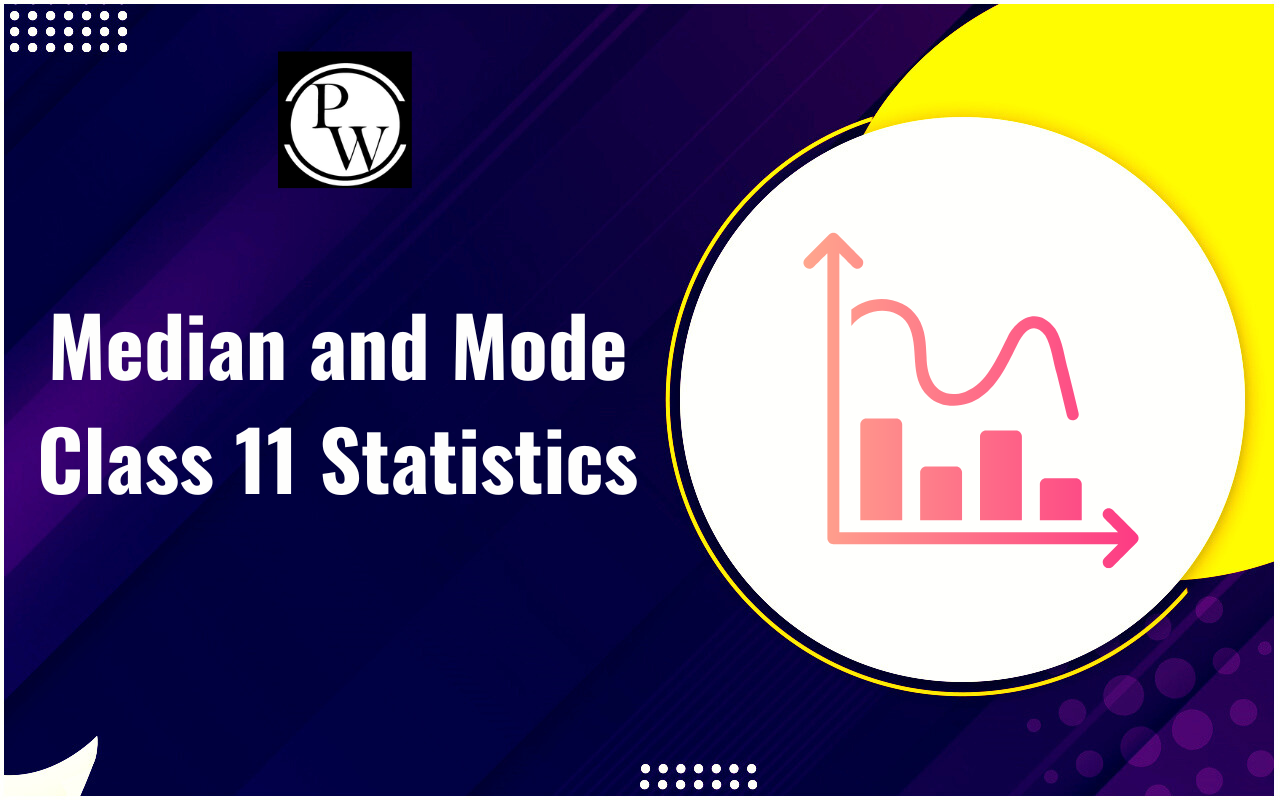
Enterprise Value and Market Capitalisation: Understanding a company's valuation is crucial for investors, analysts, and corporate decision-makers. Two commonly used metrics in the realm of company valuation are Enterprise Value (EV) and Market Capitalisation (Market Cap). While both metrics aim to assess a company's value, they do so from different perspectives and incorporate distinct factors.
This article will explore the differences between Enterprise Value and Market Capitalisation, exploring their definitions, calculations, components, and implications. By differentiating between these metrics, stakeholders can gain deeper insights into company valuation and make more informed investment and strategic decisions.What is Market Capitalisation?
Market capitalisation, also known as market cap. It is a straightforward method for determining a company's market size and value. It aids in assessing the risk profile and growth potential of the firm within its industry. Market capitalisation is calculated by multiplying the current share price of a company's stock by its total number of outstanding shares. This figure is a key statistic for every stock listed on brokers' platforms or financial news sites. Market capitalisation provides insight into a company's stock's risk and growth prospects. Based on market capitalisation, companies are categorised into large, mid, and small-cap segments.Formula : Market Capitalization = Market Price per Share x Outstanding Shares
Example : Let's say a company called "Sporty Shoes Inc." has: A current share price of $20 per share. 50 million outstanding shares. Following the formula : Market Capitalization (Sporty Shoes Inc.) = $20/share x 50,000,000 shares = $1,000,000,000What is Enterprise Value?
Enterprise value, often abbreviated as EV, is a comprehensive metric that considers market capitalisation, debt, minority interest, total cash and cash equivalents, and preference shares to ascertain a company's total value. Enterprise value is a method used to identify undervalued companies in the market. It provides a more accurate assessment of a company's true value by taking into account its debt obligations. Value investors commonly rely on enterprise value to pinpoint undervalued companies. To calculate enterprise value, add the company's market capitalisation to its outstanding preferred stock and all debt obligations, then subtract all cash and cash equivalents. However, further examination may reveal significant debt obligations, potentially posing challenges. The formula for calculating enterprise value is:Enterprise value = market cap + market value of preference shares + total debt + minority interest − total cash and cash equivalents
This formula reveals that if a company has less cash and higher debt, its EV may surpass its market cap. Conversely, if the company has more cash and lower debt, its EV may be lower than its market cap.Measuring A Stock’s Value With The Enterprise Value
Enterprise Value (EV) provides a more comprehensive assessment of a company's value than Market Capitalisation (Market Cap). Unlike Market Cap, EV considers debt and other factors, offering investors a more detailed picture. Therefore, investors considering long-term investments can derive additional insights by considering EVs alongside Market Cap. Furthermore, investors may find various other ratios useful in this context. Also Read: Business Management and LeadershipMeasuring A Stock’s Value With The Market Capitalisation.
Market Capitalisation (Market Cap) is a fundamental metric used to gauge the value of a stock and assess a company's size in the financial markets. It represents the total value of all outstanding shares of a company's common stock. Calculating Market Cap involves multiplying the current market price of a company's shares by the total number of outstanding shares. This metric gives investors and analysts a snapshot of a company's worth as perceived by the market. A higher Market Cap typically indicates that a company is larger and more established, while a lower Market Cap suggests a smaller or less mature company. Market Cap is widely used by investors to compare companies within the same industry or sector and to assess investment opportunities based on the relative size and growth potential of different stocks.Difference between Enterprise Value and Market Capitalisation
Before checking into the specifics of Enterprise Value (EV) and Market Capitalisation (Market Cap), it is essential to understand their significance in the realm of company valuation. These two metrics serve as fundamental tools for investors, analysts, and corporate strategists to assess the worth of a company. While both EV and Market Cap provide insights into a company's valuation, they approach it from different angles, incorporating various factors to paint a comprehensive picture. Let's explore the key differences between Enterprise Value and Market Capitalisation to appreciate their distinct roles and implications in evaluating companies.| Difference between Enterprise Value and Market Capitalisation | ||
| Aspect | Enterprise Value (EV) | Market Capitalisation (Market Cap) |
| Definition | Comprehensive measure of a company's total value, considering debt, cash, and equity. | Measures the total value of a company's outstanding shares of common stock in the market. |
| Calculation | EV = Market Cap + Debt + Minority Interest - Cash | Market Cap = Share Price x Total Outstanding Shares |
| Components | Includes market value of equity, debt, minority interest, and cash. | Considers only the market value of a company's equity (common shares). |
| Focus | Focuses on the total value of the company, including debt and cash positions. | Focuses solely on the value of equity, representing ownership in the company. |
| Representation | Represents the true takeover value of a company. | Represents the value of the company from the perspective of equity shareholders. |
| Financial Perspective | Considered from a buyer's perspective in a potential acquisition. | Reflects the market sentiment towards the company's stock. |
Difference Between Enterprise Value and Market Capitalisation FAQs
How do you calculate Enterprise Value (EV) from Market Capitalisation (MC)?
To calculate Enterprise Value, start with the current shareholder price, which for a public company is represented by Market Capitalisation. Next, add outstanding debt and then subtract available cash.
What is the formula to calculate EV?
The formula for calculating Enterprise Value (EV) is as follows:
EV=MC + Total Debt − Cash
Does Market Capitalisation include debt?
No, Market Capitalisation solely represents the dollar value of all outstanding shares of a company and does not include any debt obligations.
Talk to a counsellorHave doubts? Our support team will be happy to assist you!

Check out these Related Articles
Free Learning Resources
PW Books
Notes (Class 10-12)
PW Study Materials
Notes (Class 6-9)
Ncert Solutions
Govt Exams
Class 6th to 12th Online Courses
Govt Job Exams Courses
UPSC Coaching
Defence Exam Coaching
Gate Exam Coaching
Other Exams
Know about Physics Wallah
Physics Wallah is an Indian edtech platform that provides accessible & comprehensive learning experiences to students from Class 6th to postgraduate level. We also provide extensive NCERT solutions, sample paper, NEET, JEE Mains, BITSAT previous year papers & more such resources to students. Physics Wallah also caters to over 3.5 million registered students and over 78 lakh+ Youtube subscribers with 4.8 rating on its app.
We Stand Out because
We provide students with intensive courses with India’s qualified & experienced faculties & mentors. PW strives to make the learning experience comprehensive and accessible for students of all sections of society. We believe in empowering every single student who couldn't dream of a good career in engineering and medical field earlier.
Our Key Focus Areas
Physics Wallah's main focus is to make the learning experience as economical as possible for all students. With our affordable courses like Lakshya, Udaan and Arjuna and many others, we have been able to provide a platform for lakhs of aspirants. From providing Chemistry, Maths, Physics formula to giving e-books of eminent authors like RD Sharma, RS Aggarwal and Lakhmir Singh, PW focuses on every single student's need for preparation.
What Makes Us Different
Physics Wallah strives to develop a comprehensive pedagogical structure for students, where they get a state-of-the-art learning experience with study material and resources. Apart from catering students preparing for JEE Mains and NEET, PW also provides study material for each state board like Uttar Pradesh, Bihar, and others
Copyright © 2025 Physicswallah Limited All rights reserved.









